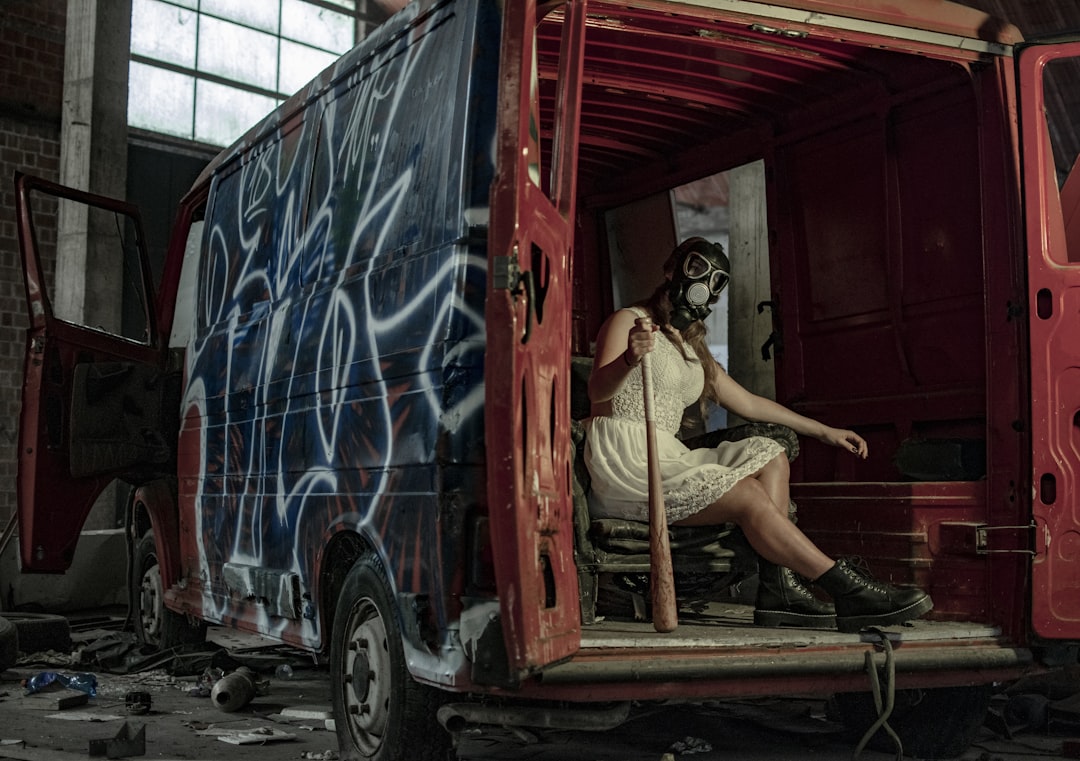
When it comes to creating memorable performances, stage lighting plays a crucial role in setting the mood, enhancing visual impact, and captivating audiences. Whether you’re a seasoned professional or a novice in the world of stage production, investing in the right lighting equipment is essential for achieving desired artistic effects and ensuring a seamless production. Here are several factors to consider when purchasing stage lighting equipment.
Purpose and Venue: The first step in selecting stage lighting equipment is understanding the specific requirements of your production and the characteristics of the venue. Consider factors such as the size and layout of the performance space, the type of events hosted, and the desired ambiance. Different venues may have varying lighting needs, so it’s essential to choose equipment that is versatile enough to adapt to different settings.
Types of Lighting Fixtures: Stage lighting equipment encompasses a wide range of fixtures, each serving a distinct purpose. From spotlights and floodlights to moving heads and LED panels, the options are vast. Assess your lighting needs based on the type of performances you’ll be hosting and the desired lighting effects. For example, moving head fixtures offer dynamic movement and versatility, while LED panels provide customizable color options and energy efficiency.
Lighting Control System: An efficient lighting control system is essential for orchestrating the intricate lighting designs of modern productions. Consider investing in a user-friendly control console that offers advanced programming capabilities, intuitive operation, and compatibility with various lighting fixtures. Additionally, explore options for wireless control and integration with other production elements such as sound and video.
Brightness and Color Rendering: The brightness and color quality of lighting fixtures significantly impact the visual appeal of performances. Look for fixtures with high lumen output and excellent color rendering capabilities to ensure vibrant and lifelike illumination. LED fixtures are particularly popular for their energy efficiency and ability to produce a wide spectrum of colors with precision.
Durability and Reliability: Stage lighting equipment is subjected to rigorous use and transport, so durability and reliability are paramount. Opt for fixtures constructed from robust materials and featuring sturdy housing designs to withstand the demands of touring and frequent setup. Additionally, prioritize reputable brands known for manufacturing high-quality and dependable lighting products.
Energy Efficiency and Sustainability: As environmental concerns become increasingly important, investing in energy-efficient lighting solutions can yield long-term cost savings and reduce ecological footprint. LED lighting fixtures consume less energy compared to traditional incandescent or halogen lights and have a longer lifespan, resulting in lower maintenance costs and reduced waste.
Scalability and Expandability: Consider the scalability and expandability of your lighting setup to accommodate future growth and evolving production needs. Choose fixtures and control systems that offer modular configurations and seamless integration with additional equipment. This flexibility allows you to adapt your lighting rig to larger venues, more complex productions, or new creative concepts.
Budget and Cost Considerations: Establish a realistic budget for your lighting equipment purchase, taking into account not only the upfront costs but also ongoing expenses such as maintenance, upgrades, and accessories. Compare prices from different suppliers and consider investing in quality equipment that offers long-term value and performance reliability, even if it means stretching your budget slightly.
In conclusion, purchasing stage lighting equipment requires careful consideration of various factors to ensure optimal performance, versatility, and longevity. By assessing your specific lighting needs, exploring different fixture options, prioritizing functionality and reliability, and keeping sustainability and budget in mind, you can make informed decisions that elevate your productions and captivate audiences for years to come.